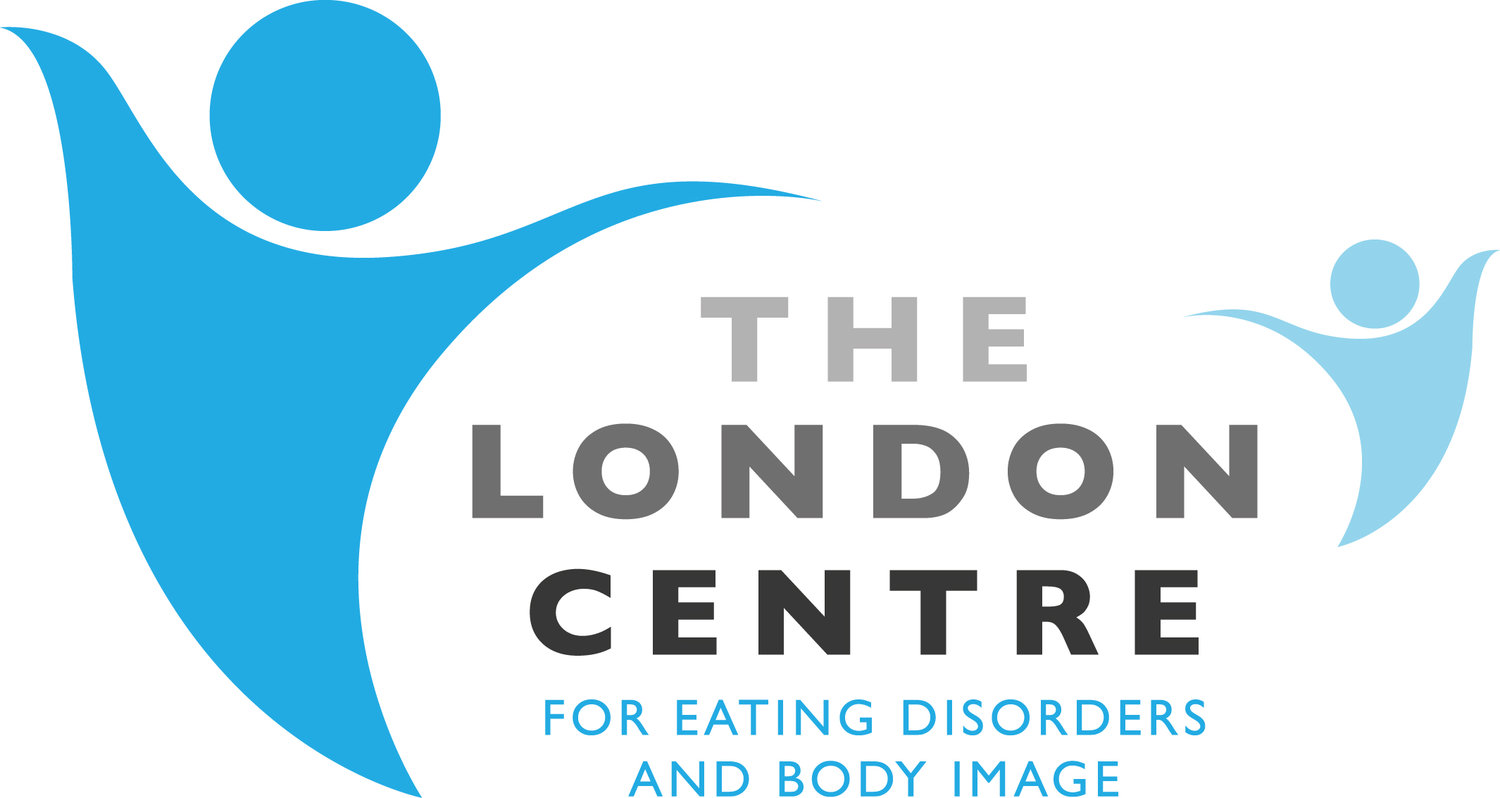Understanding Shame
Shame is a self-conscious emotion - in other words it is an emotion about the self. To experience shame we have to have an ability to think about ourselves through the minds of others; to think about how others might see us. Shame is not a single emotion - it is made up of various emotions including anger, anxiety and disgust, as well as various thoughts about the self and others.
Paul Gilbert talks about shame within his training on compassion focused therapy. He suggests that the experience of shame involves:
A social or external evaluative component: This relates to what we think others think about us. In shame, we believe that others see us as inferior, bad, inadequate and/or flawed, and because they think that they ‘look down’ on us with a condemning or contemptuous view and feeling. As a consequence we think that they may wish to avoid, reject, or hurt us (Gilbert, 1998a).
An internal self-evaluative component: This relates to judgements of the self and feelings that one is inferior, inadequate or flawed. These judgements are typically experienced as a stream of self-attacking thoughts (e.g. “I am useless, no good, a bad person, a failure”). They are shaming thoughts and negative self-evaluations (Gilbert, 1998a; Tangney and Fischer, 1995).
An emotional component: Various emotions and feelings accompany the experience of shame. These include anxiety, anger and disgust and (self)-contempt. These emotions are part of our evolved brain systems for responding to threat with a defensive behaviour. For example, we have all felt excluded from a social group at times. This exclusion can be seen as a social threat and our consequent anxiety or anger is our defensive response to this threat.
A behavioural component: The experience of shame is typically associated with a strong urge to hide, avoid exposure, run away or (when anger is the emotion) retaliate against the one who is ‘exposing’ the self as inferior, weak or bad (Lewis 1992, 2003; Tangney and Fischer, 1995) e.g. “How dare you make me feel like this”.
A physiological component: Shame is now known to be one of the most powerful activators of stress responses (e.g., heart rate, cortisol) in social interactions (Dickerson and Kemeny, 2004).
Examples of shame can include:
Embarrassment: When we make a social faux pas that is often humorous, but is specific to that event and does not result in a global evaluation of the self. Examples of this may include knocking over your drink in a restaurant.
External shame: When we think about how we exist in the mind of others and the feelings others have for us, which we may feel include disgust, anger, disinterest or contempt. This causes feelings within us.
Internal Shame: Our own feelings and thoughts about various aspects of ourselves.
Humiliation: External shame but where the other is blamed, and anger and revenge are activated. Humiliation is often associated with thoughts such as “how dare you?” as you feel others have pulled you down.
Guilt: This is a different emotion that comes from the perceived harm that we may cause others (by acts of omission or commission) . Whilst shame is associated with defending the self from harm (and is linked to the social rank systems) guilt is related to avoiding doing harm (and is linked to the relationship building and caring systems). Guilt relates to sorrow, regret and remorse whilst shame relates to anxiety and anger.
Compassion focussed therapy aims to help people understand, process and free themselves of shame related emotions.

